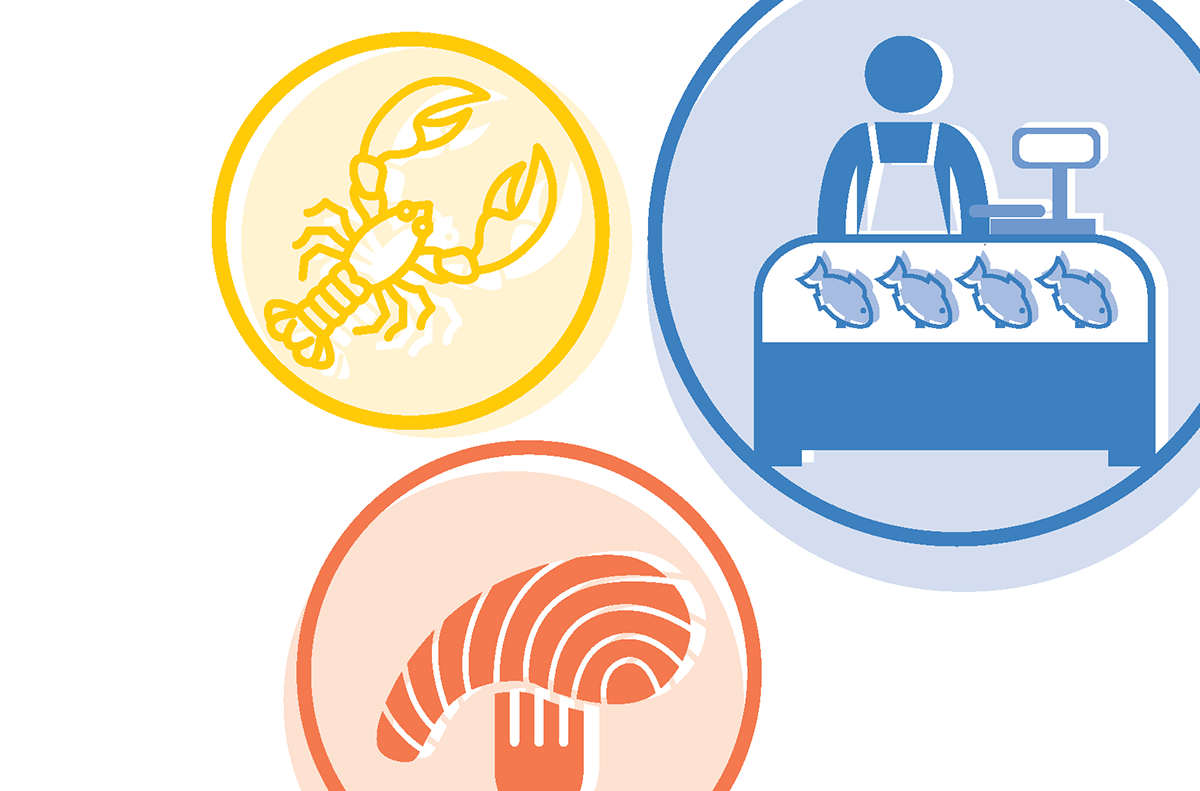By Doug Baker, Vice President, Industry Relations - Private Brands, Technology, FMI
The food industry moves fast these days, which is why it’s important to pause and re-evaluate from time to time. This is especially true of evaluating the new marketplace and the role you as a food retailer or supplier are playing in it.
For the past few years, FMI has partnered with Nielsen on important research that does just that—pauses and looks at the state of the omnichannel marketplace for grocery shoppers and reflects on what is happening. In the beginning we focused on digital shoppers—their activities and the business imperatives needed to reach them. This year, we’re focusing on omnishoppers—consumers who shop both online and in-store—and looking at their demographics, what they purchase online, and, most importantly, re-evaluating the size of the prize.
As you can see from the infographic, our size of the prize projection has increased. That’s because of new factors taken into account for the latest forecast, including retail foodservice, delivery of meal kits, two-hour delivery and more. For more insights, download the report, which dives into the changes behind our projection.
The Omnishopper and Geographic Differences
At the request of our members, this year we dived deeper into our omnishopper projections based on geographic locations. Each marketplace has its own unique situations including urban vs. rural markets, retailer capabilities and level of restaurant and retail competition. Looking at the regional and local share of online food and beverage dollar, “Nielsen found it runs from 5.4% in parts of North Central U.S. and New England to 8.3% in the Mid-Atlantic. Within localities, it ranges from 2% in Des Moines to 12% in New York City.”
This geographic information can factor into your omnichannel strategy and help you better understand how the omnishopper is mixing in-store and online shopping to meet their specific household needs.
Download The Omnishopper Imperative for Food Retailers
 Industry Topics address your specific area of expertise with resources, reports, events and more.
Industry Topics address your specific area of expertise with resources, reports, events and more.
 Our Research covers consumer behavior and retail operation benchmarks so you can make informed business decisions.
Our Research covers consumer behavior and retail operation benchmarks so you can make informed business decisions.
 Events and Education including online and in-person help you advance your food retail career.
Events and Education including online and in-person help you advance your food retail career.
 Food Safety training, resources and guidance that help you create a company food safety culture.
Food Safety training, resources and guidance that help you create a company food safety culture.
 Government Affairs work — federal and state — on the latest food industry policy, regulatory and legislative issues.
Government Affairs work — federal and state — on the latest food industry policy, regulatory and legislative issues.
 Get Involved. From industry awards to newsletters and committees, these resources help you take advantage of your membership.
Get Involved. From industry awards to newsletters and committees, these resources help you take advantage of your membership.
 Best practices, guidance documents, infographics, signage and more for the food industry on the COVID-19 pandemic.
Best practices, guidance documents, infographics, signage and more for the food industry on the COVID-19 pandemic.
